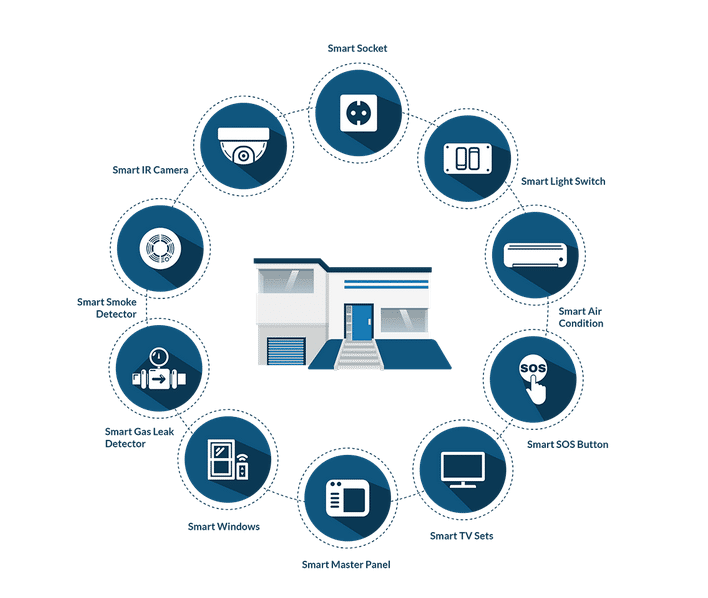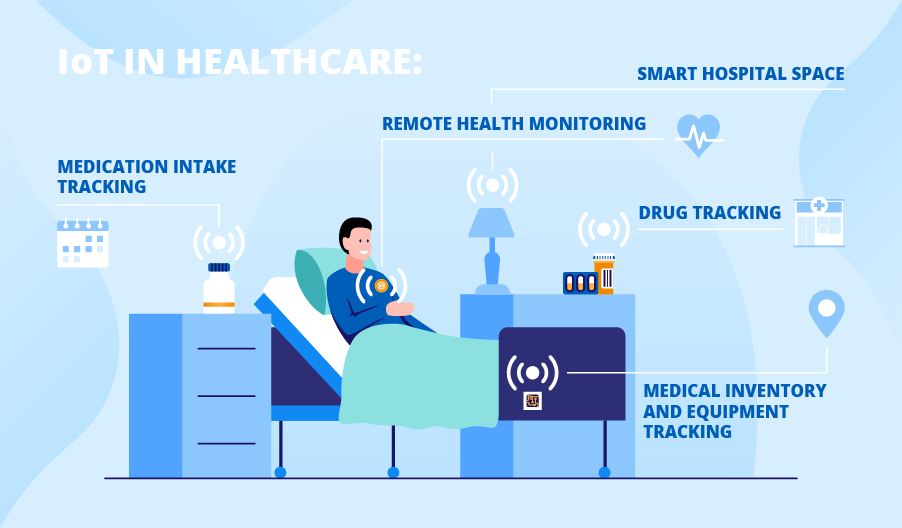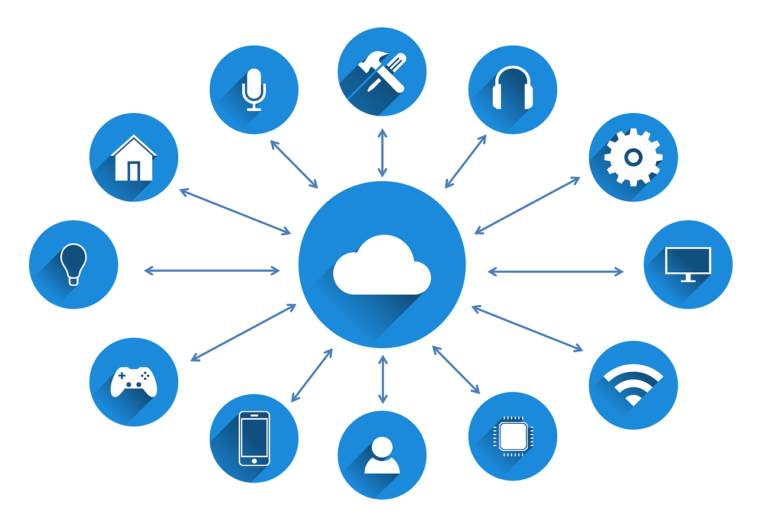What is IoT?
Internet of Things (IoT) refers to a network of physical devices, vehicles, home appliances, and other items that are connected to the internet, enabling them to communicate with each other and exchange data. This technology has the potential to transform the way we live, work, and interact with the world around us. In this article, we will explore the various IoT devices and applications that are currently available and how they are changing the world.
Types of IoT Devices
IoT devices can be categorized into three types: sensors, actuators, and controllers.
Sensors are devices that collect data from the environment, such as temperature, humidity, light, and motion. Some examples of sensors include temperature sensors, motion sensors, and gas sensors. These devices are often small and low-cost, making them ideal for use in large-scale deployments.
Actuators are devices that act on the environment, such as turning on a light, opening a door, or starting a motor. Some examples of actuators include motors, relays, and solenoids. These devices are often used in industrial applications where precise control is required.
Controllers are devices that manage the communication between sensors and actuators. They are responsible for processing data from sensors and sending commands to actuators. Some examples of controllers include microcontrollers, programmable logic controllers (PLCs), and gateways. These devices are often used in complex IoT deployments.
5 Major IoT Applications
IoT technology has a wide range of applications across various industries, including healthcare, manufacturing, transportation, and smart cities. Here are some examples of IoT applications:
- Smart Homes
Smart homes are homes that are equipped with IoT devices that allow homeowners to control various aspects of their home remotely. For example, homeowners can use their smartphones to turn on lights, adjust the thermostat, or lock the doors. Smart homes can also include security systems that use cameras and sensors to detect intruders and alert homeowners.

- Healthcare
IoT technology is transforming the healthcare industry by enabling remote monitoring of patients. Wearable devices, such as smartwatches and fitness trackers, can collect data on a patient’s vital signs and send it to healthcare providers in real-time. This allows healthcare providers to monitor patients remotely and detect health issues before they become serious.

- Manufacturing
IoT technology is being used in manufacturing to improve efficiency and reduce costs. For example, sensors can be placed on manufacturing equipment to collect data on performance and predict maintenance needs. This allows manufacturers to schedule maintenance proactively, reducing downtime and increasing productivity.
- Transportation
IoT technology is being used in transportation to improve safety and efficiency. For example, sensors can be placed on vehicles to collect data on driving behavior and send alerts to drivers when they are driving recklessly. IoT technology can also be used to optimize routes, reducing travel time and fuel consumption.
- Smart Cities
Smart cities are cities that use IoT technology to improve the quality of life for residents. For example, sensors can be placed throughout a city to collect data on traffic flow, air quality, and noise levels. This data from the IoT devices can be used to monitor and manage city infrastructure such as traffic lights, streetlights, and waste management systems.
Benefits of IoT Applications
Benefits of IoT Devices and Applications: IoT devices and applications offer a range of benefits, including:
- Greater Convenience: IoT devices and applications can make our lives more convenient by allowing us to control our homes, track our fitness, and perform other tasks from anywhere.
- Improved Efficiency: IoT devices and applications can improve efficiency by automating tasks and optimizing processes in industrial settings, logistics centers, and other environments.
- Enhanced Productivity: IoT devices and applications can enhance productivity by providing workers with real-time data, insights, and recommendations.
- Cost Savings: IoT devices and applications can help to reduce costs by improving efficiency, reducing downtime, and optimizing resources.
IoT devices and applications have the potential to transform the way we live and work, offering greater convenience, efficiency, and productivity across a range of industries. As the number of connected devices continues to grow, it is important for individuals and organizations to understand the benefits and risks associated with IoT technology.
To learn about how to take screenshots in computer you can check the link How to take screenshot on computer




GIPHY App Key not set. Please check settings